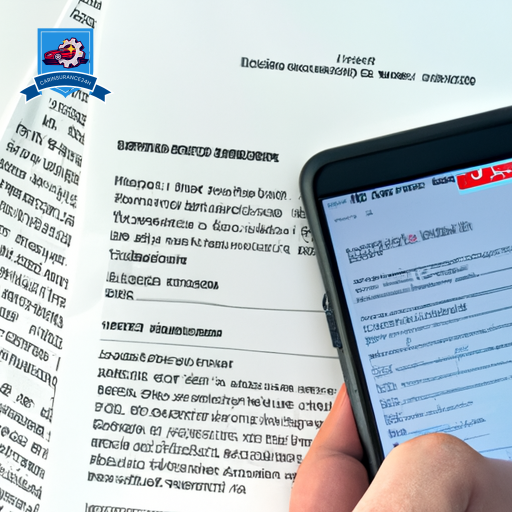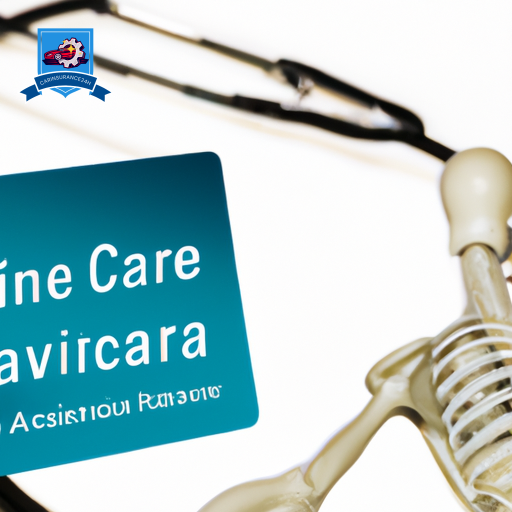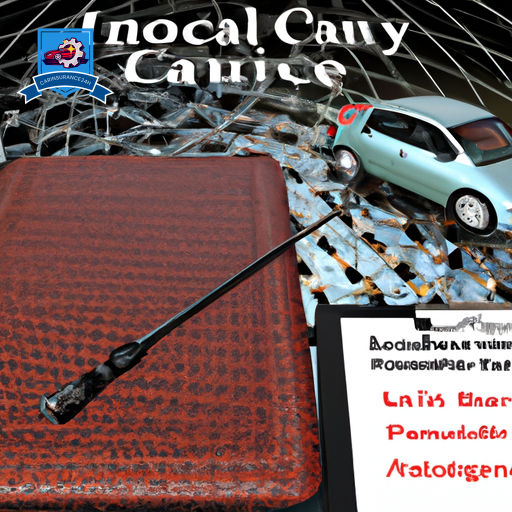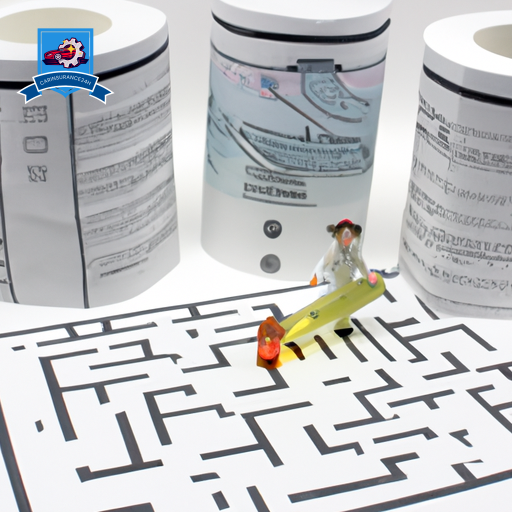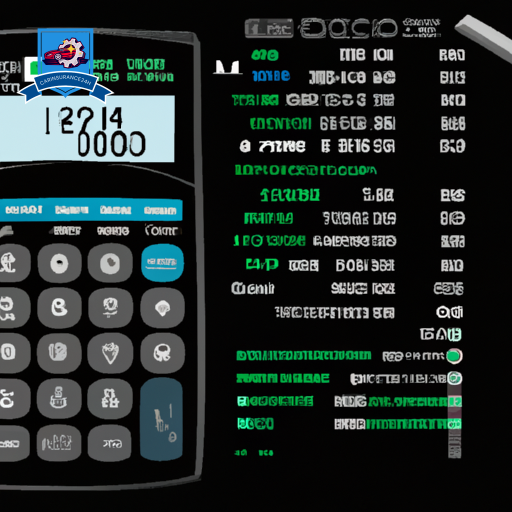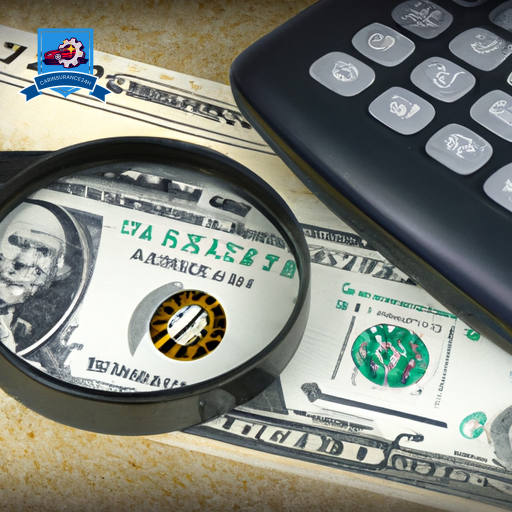Initiating a Medpay claim following a car accident involves a careful process that begins with a thorough understanding of your coverage. It is imperative to precisely document the incident and any ensuing injuries, as this forms the foundation of your claim.
Gathering the requisite documentation is a critical step that cannot be overlooked, as it substantiates your claim to the insurance provider. The act of submitting your Medpay claim, while procedural, demands attention to detail to make certain accuracy and completeness.
However, the journey does not end with submission; handling potential claim denials and disputes requires a strategic approach. This overview merely scratches the surface, underscoring the necessity of a deeper exploration into each step for a successful claim process.
Understanding Your Medpay Coverage
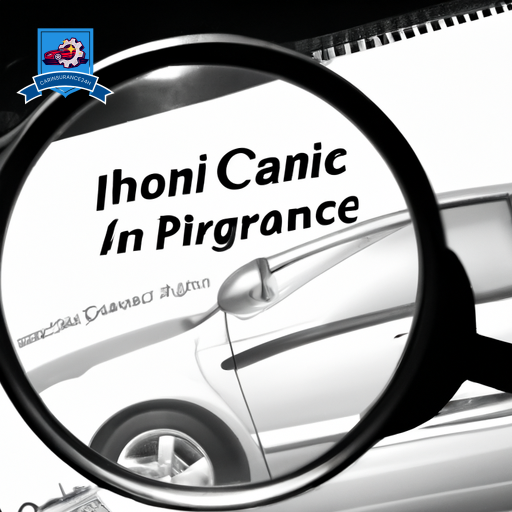
Medpay, or Medical Payments coverage, is an optional car insurance provision that provides for the medical expenses of the driver and passengers after an accident, regardless of who is at fault. It is important for policyholders to have a thorough understanding of their Medpay coverage to effectively navigate the claims process. This understanding begins with two key aspects: coverage limits and policy exclusions.
Coverage limits are the maximum amount the insurance company will pay for each person’s medical expenses under Medpay. These limits vary greatly from one policy to another and are a critical aspect of your coverage. It is essential to know your coverage limit as it directly impacts the extent of medical expenses that can be claimed. Insufficient coverage limits may leave you paying out-of-pocket for the difference, so evaluating these limits in relation to your personal needs and potential risks is essential.
Policy exclusions are the specific conditions or circumstances under which Medpay will not provide coverage. Common exclusions may include injuries sustained while committing a felony, injuries from accidents involving vehicles not covered under the policy (such as motorcycles in some cases), and injuries to persons not occupying a vehicle (e.g., pedestrians or cyclists). Understanding these exclusions is paramount as it delineates the boundaries of your coverage, ensuring that there are no surprises when filing a claim.
Documenting the Accident and Injuries
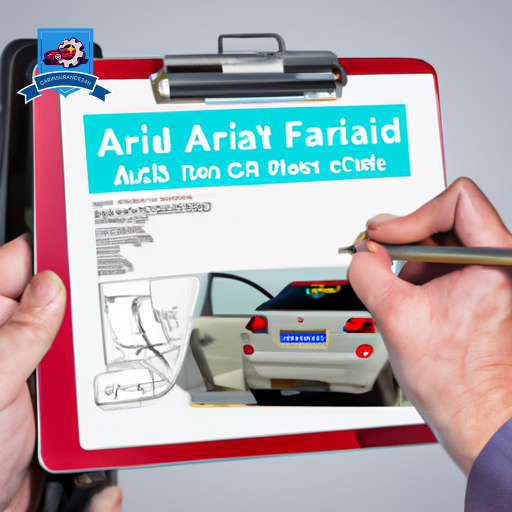
Having established the foundational knowledge of Medpay coverage limits and policy exclusions, it is now essential to focus on the meticulous documentation of the accident and any resultant injuries. This process is crucial, as it directly impacts the strength and success of your Medpay claim. Precise documentation not only provides a clear narrative of the incident but also substantiates your claim for coverage.
Immediately following the accident, if possible, document the scene with photographs or videos, capturing all angles of the vehicles involved, visible damages, and any relevant road conditions or signs. This visual evidence can be invaluable in supporting your account of the events.
Engagement with emergency services at the scene plays a pivotal role. Make sure that a police report is filed, as it serves as an official account of the accident, detailing the involved parties, witness statements, and any citations issued. Additionally, if medical attention is sought at the scene or shortly thereafter, secure copies of all reports and receipts. This documentation is vital, as it links your injuries directly to the accident.
Maintaining an injury journal is also advisable. Start this immediately following the accident and update it regularly. This journal should detail the extent of your injuries, any pain and suffering experienced, medical visits, treatments received, and how the injuries impact your daily life. This personal record becomes a powerful tool in illustrating the ongoing effects of the accident.
Gathering Required Documentation
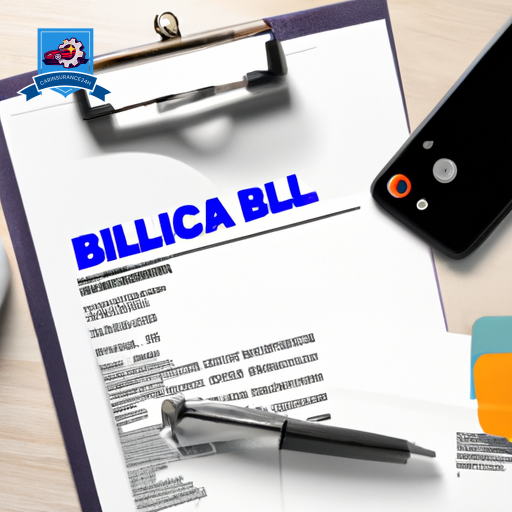
Once the immediate aftermath of the car accident has been navigated, it is important to begin on the process of meticulously gathering all necessary documentation for your Medpay claim. This step is essential for a successful reimbursement process and requires a structured, detail-oriented approach to guarantee no critical information is overlooked.
The process involves compiling a detailed set of documents that substantiate your claim. These include, but are not limited to, medical reports detailing the injuries sustained, receipts for any medical treatment received, and a copy of the police report of the accident. The importance of maintaining a detailed record cannot be overstated, as these documents collectively serve as the foundation of your Medpay claim.
In addition to these documents, it’s important to have your insurance contacts readily available. This ensures you can efficiently communicate with your provider about the status of your claim. Moreover, engaging in legal consultation can provide valuable insights into the intricacies of filing your claim correctly. A legal advisor can guide you on the specific documentation required and help navigate any potential challenges that may arise during the claim process.
| Document Type | Description |
|---|---|
| Medical Reports | Detailed accounts from healthcare providers outlining the injuries sustained and treatments received. |
| Receipts | Proof of expenses related to medical treatments, medications, and any other related costs. |
| Police Report | An official report documenting the details of the accident, which is critical for corroborating your account of the event. |
Gathering the required documentation is a step that demands attention to detail and thoroughness. By ensuring all necessary documents are accurately compiled, you lay a solid foundation for a successful Medpay claim.
Submitting Your Medpay Claim
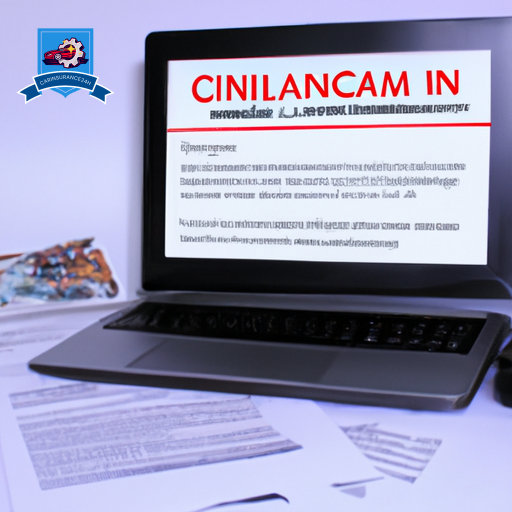
After gathering all necessary documentation for your Medpay claim, the next step is to submit these documents to your insurance provider for review and processing. This stage is critical in ensuring that your claim is not only recognized but also acted upon promptly. To navigate through this process effectively, consider the following steps:
-
Review Your Policy for Submission Guidelines: Before submitting any documents, thoroughly review your insurance policy for specific guidelines on how to submit a Medpay claim. This guarantees that your submission aligns with the insurer’s requirements, thereby minimizing the risk of delays or rejections.
-
Understand Claim Deadlines: Every insurance policy stipulates a timeframe within which claims must be submitted following an accident. It is paramount to be aware of these deadlines to avoid forfeiture of your right to claim. Late submissions can lead to unnecessary complications or outright denial.
-
Be Mindful of Policy Exceptions: Certain conditions or circumstances might affect how your claim is processed. These policy exceptions can include incidents involving DUIs or the use of the insured vehicle for commercial purposes. Understanding these exceptions can help set realistic expectations about the outcome of your claim.
-
Submit Required Documents Promptly: Once you have all the necessary paperwork and have acquainted yourself with your policy’s stipulations, submit your documents as soon as possible. Prompt submission not only aligns with the claim deadlines but also accelerates the review process.
Handling Claim Denials and Disputes

Despite meticulous preparation and adherence to submission guidelines, some Medpay claims may face denials or disputes, necessitating a structured approach to resolution. When confronted with such challenges, understanding the appeal process and, if necessary, securing legal representation becomes paramount.
The first step in addressing a denial or dispute is to thoroughly review the insurer’s explanation. Insurers are required to provide a written justification for any claim denial, which often includes instructions for initiating an appeal. Policyholders should carefully examine this documentation, pinpointing the specific reasons for the denial and gathering any additional evidence or documentation that could support their case.
Initiating the appeal process typically involves submitting a formal letter to the insurance company, along with any supplementary evidence that bolsters the claim. This letter should clearly state the reasons for contesting the denial and outline the policyholder’s arguments and evidence. Precision and attention to detail are essential during this stage, as a well-prepared appeal can often lead to a reversal of the initial decision.
However, if the appeal is unsuccessful or the dispute remains unresolved, seeking legal representation may be the next appropriate step. An attorney specializing in insurance claims can offer invaluable assistance, leveraging their expertise to navigate the complexities of insurance law and advocate on the policyholder’s behalf. Legal representation can significantly enhance the likelihood of a favorable outcome, ensuring that the policyholder’s rights are fully protected throughout the dispute resolution process.
Ultimately, while facing a denial or dispute can be discouraging, understanding the appeal process and considering legal representation when necessary can empower policyholders to effectively challenge unfavorable decisions and secure the benefits to which they are entitled.
Frequently Asked Questions
Can I File a Medpay Claim if I Was at Fault in the Car Accident?**
Yes, you can file a Medpay claim even if you were at fault in the car accident. Medpay covers medical expenses regardless of fault determination, bypassing the legal ramifications typically associated with fault in accidents.
How Does Filing a Medpay Claim Affect My Car Insurance Premiums?**
Filing a Medpay claim may influence your car insurance premiums, with studies showing a potential increase of 5-10% at policy renewal. Premium factors are assessed meticulously, emphasizing the importance of understanding the impact on future rates.
Is There a Time Limit for Seeking Medical Treatment to Be Eligible for Medpay Coverage After an Accident?**
Yes, there are time restrictions for seeking medical treatment to be eligible for MedPay coverage. The coverage duration typically specifies a period within which medical treatment must be initiated post-accident to qualify for reimbursement.
Can I Still File a Medpay Claim if I Didn’t Initially Realize I Was Injured or if My Injuries Appeared Days After the Accident?**
Yes, you can still file a Medpay claim if injuries manifest post-accident. It’s essential to obtain injury documentation and seek legal consultation to navigate this process successfully, ensuring your claim aligns with policy stipulations.
How Does Medpay Coordinate With Health Insurance or Personal Injury Protection (Pip) Insurance if I Have Them?**
Medpay coordinates with health insurance or personal injury protection by covering deductibles and co-pays up to its coverage limits, thereby mitigating out-of-pocket expenses. It provides immediate financial relief without waiting for fault determination.

